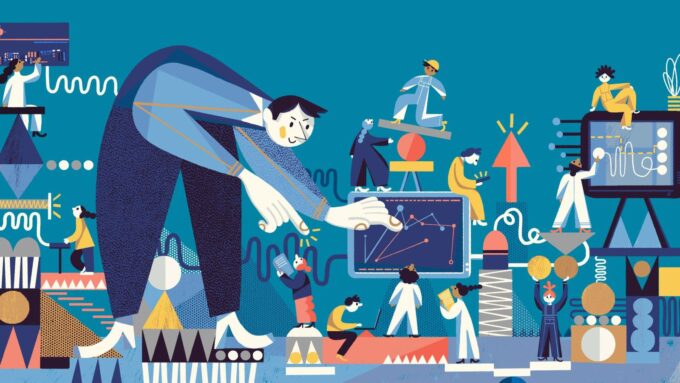In today’s age of great competition on all fronts of the market, the fight for a market position and competitive advantage has never been fiercer. The service sector is growing worldwide and every company operating in the field of services should strive for the most optimized production process. This includes operational management as a means of improving and managing processes in creating both products and services.
Quality management includes successful management of the company and employees, but also providing the best possible service to clients. No one wants to spend half a day in the waiting room, watching the people who arrived after you, thanks to resourcefulness, and often ruthlessness, arrive in line before you. Therefore, it is very important that the company devises a system that will work best to get customers the right service. How to achieve this?

img source: unsplash.com
There are several suggestions on how to improve customer satisfaction waiting in line. One suggestion is based on that the client is occupied with something else while waiting in line. While waiting in the restaurant customers almost always get a menu to study while waiting in line for a favor. With the reduced perception of the time, they spend waiting, this way of regulating queues brings even shorter service execution time.
Restaurant guests are ready to order when they study the menu and it is unlikely that when the service staff arrives, they will delay the order and so on spending time, ie. extend the service time. The psychological impact on the client during the application of such suggestions to occupy the time that clients spend waiting is noticeable.
Clients want to get in line as soon as possible and any amount of time spent on them while they wait has a positive impact. It is similar to waiting in a hair salon where you will very often have many magazines at your fingertips that will make waiting more comfortable. You’ve probably noticed that there are TVs in some waiting rooms as well. A great way to distract you from looking at the clock every hour!
The concept of a queue

img source: unsplash.com
There are several queue definitions. A queue or queuing system is defined as a problem that occurs when a certain number of units (people or objects) are looking for appropriate service or processing must wait, ie. spend some time in the queue before they are served or when the workplace providing the requested services has to wait for the units to be served.
The process of servicing units consists of several steps, most often four steps, the arrival of units in the system due to the need for a particular service or processing, waiting for units in line if all service points are occupied, servicing units in one or more service points depending on what they are looking for and eventually the unit leaves the system when the service or processing performed.
Queues are created in various places, and their neglect negatively affects the company’s operations and even the persons who directly or indirectly participate in the queues. The cause of queuing is the irregular arrival of patients, cars, customers, or anything else at the place of service.
Long queues Are they your daily routine when serving customers? Are your customers increasingly dissatisfied and leaving the competition? Do your employees become unproductive and often make mistakes? If only one of the answers to the question is positive, it’s time to try an innovative solution.
How to improve the service?
You have probably noticed that different companies and institutions also have different solutions. In some cases, a classic waiting room will have a positive effect. There are more and more waiting rooms that have a vending machine at the entrance. Each client gets an ordinal number so there is no confusion about who is next.
These serial number papers have a QR code, so customers can scan the QR code of a business entity and take a virtual queue number via their smartphones. On the updated virtual ticket, they can monitor changes in the queue from home, a nearby cafe, and at the same time receive notifications of changes in the queue on a smartphone. The data is automatically updated when the next slip is processed.
What would be a good solution for managing the broad masses?

img source: cms.qz.com
There are institutions or events in which it is impossible to take an ordinal number. Take for example airports or concerts, places where there are a lot of people and where it is necessary to bring order and keep all those people under control. The best way in this case is physical barriers that can be different. It is usually a metal structure, ie two metal pillars, and a crossbar or rope connecting them.
Rope barriers are a well-known sight from airports, hotels, restaurants, shopping malls, and other places. Rope barriers are perfect for managing queues and controlling the flow of visitors and clients, both for special events and for everyday use at checkpoints and many other places. However, the most practical proved to be those with a retractable belt, ie a belt that you can remove if necessary, and it is pulled into the pole with a special mechanism. You can learn more about this on crowdcontrolcompany.com.
Final thoughts
The optimal solution of the queue does not mean that there will be no more waiting because, in order to eliminate waiting by service unit capacity units, there should be more than the number of users, but then another “waiting” service point would appear, ie. there would be an increase in the unused capacity of the service place and this is irrational.
What we want to say is that we just need to bring order while waiting, especially now, during the COVID-19 pandemic when we need to keep a social distance. Therefore, a retractable belt and a distance on the floor made with self-adhesive tape are more than a perfect solution for managing places where there are larger crowds.


